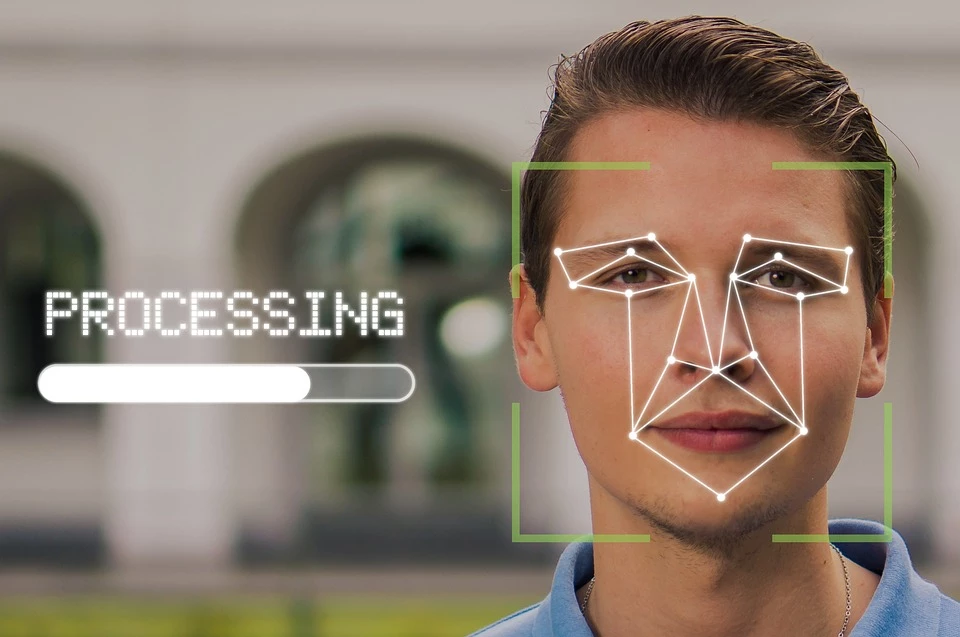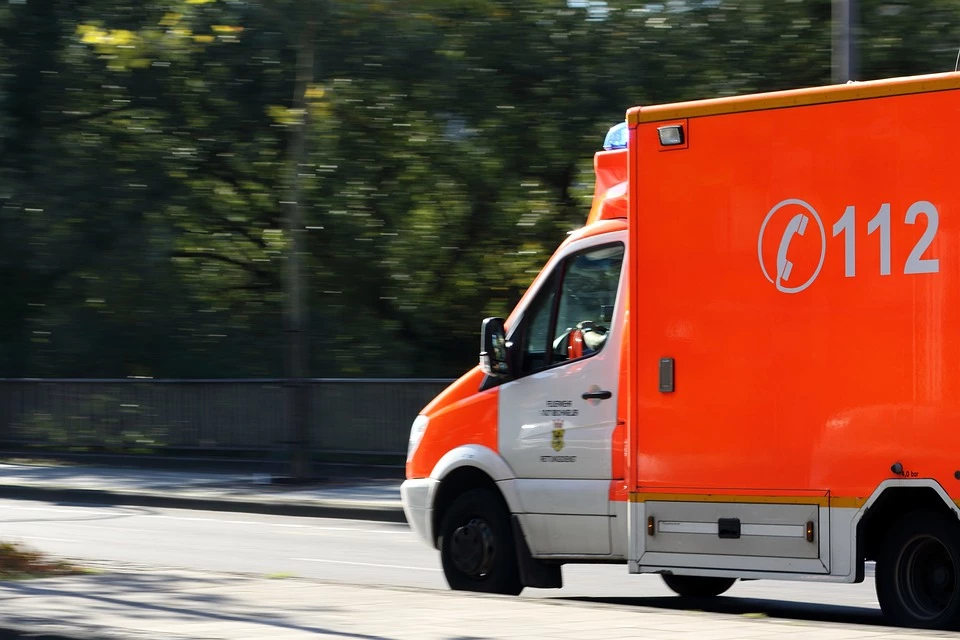Source: Pixabay
Emergency management, also called disaster management, is a billion-dollar business, with recent reports projecting the global market size will reach more than $170 billion by 2027. Emergency management tries to help companies and industries prevent and manage emergency situations like natural disasters, and it uses a range of procedures and solutions to do this. Technology has greatly helped the emergency management industry and its clients, and today’s article will look at various technologies that have had the most impact.
Internet of Things (IoT)
Technology has a lot of uses in emergencies. At an individual level, you can put tech products like portable power banks, flash drives, and satellite phones in survival kits for when a crisis hits. These products can go with other essentials like canned goods and bottled water, and these kits are one part of your emergency plan.
However, technology also benefits society as a whole when it comes to emergencies like natural disasters, and internet of things (IoT) networks are demonstrating that. Through IoT networks, connected cars can transmit information to emergency services and first responders about car accidents. That allows emergency responders to get to the location of the accident faster and easier while also accessing important information like the severity of the accident.
Drones
The use of drones is also helping first responders decrease the number of injuries and fatalities during fires. Companies will use drones to find and provide real-time information to first responders about where victims are and the best ways to locate and rescue them. Drones can also be used in these situations to reduce a natural disaster’s impact on the environment and the economy. According to a recent UN report, climate-related natural disasters have increased by 83% in the 21st century, which is why technology like drones and IoT networks are so important.
Facial Recognition and Wearable Technology
During the 2019-20 bushfires in Australia, agencies used facial recognition software to help digitally identify survivors. Some survivors lost access to documents like passports and licenses, and facial recognition technology allowed people to confirm their identity to receive help. Researchers are also starting to develop wearable devices for firefighters, as this would help with communication, navigation, and threat assessment during dangerous situations.

Source: Pixabay
Notification Systems
Emergency notification systems are just as important as drones and IoT systems. These systems allow schools and other large institutions to send emergency notifications via emails, phone calls, text, and computer push notifications across entire buildings. This allows for more coordinated responses to emergencies like earthquakes and school shootings. In the United States, more schools are adding features for extra protection against school shootings and technology is playing a big role in this. For example, card-access locks and metal detectors are being added to schools across the country.
The risk of natural disasters and other emergencies is increasing across the world. Technology is playing an important role in reducing the severity of certain situations and helping avoid them together. These technologies are the latest aspect of emergency preparedness, which starts with building at-home survival kits, and are propelling the emergency management industry forward.


No comments yet